-
Comprehensive study guide for HESI A2 Anatomy & Physiology
-
Practice questions to reinforce learning
-
Test-taking strategies for nursing students
-
Focuses on key anatomy and physiology concepts
-
Boosts confidence for entrance exam success
Preview
1. Which of the following is a correct description of metaphase during mitosis?
A) The nuclear envelope disappears and the chromosomes begin to attach to the spindle
that forms along the axis of the cell.
B) Chromosomes gather on either side of the now separating cell.
C) Chromosomes start to separate.
D) Chromosomes align along the center of the cell. ✅
Rationale: During metaphase, chromosomes align at the metaphase plate in the center of
the cell. This ensures that each daughter cell will receive an identical set of chromosomes
after cell division.
2. Where can ribosomes be found inside a cell?
A) Attached to the endoplasmic reticulum and in the cytoplasm. ✅
B) Only in the cytoplasm.
C) Only attached to the endoplasmic reticulum.
D) None of the above.
Rationale: Ribosomes exist freely in the cytoplasm and can also be attached to the rough
endoplasmic reticulum (ER), where they play a role in protein synthesis.
3. What is the role of the Golgi apparatus in the cell?
A) To provide intracellular digestion.
B) To provide transportation of materials throughout the cell. ✅
C) To uptake food through the cell membrane.
D) To produce cellular respiration.
Rationale: The Golgi apparatus is responsible for modifying, packaging, and transporting
proteins and lipids within the cell. It plays a key role in processing and distributing cellular
products.
4. What characteristic of water allows for hydrogen bonding between molecules?
A) Its high specific heat.
B) Its cohesive properties.
C) Its covalent bonds.
D) Its polar nature. ✅
Rationale: Water’s polar nature, with oxygen being slightly negative and hydrogen slightly
positive, allows for hydrogen bonds to form between molecules. This property is crucial for
water’s unique characteristics, such as cohesion and high surface tension.
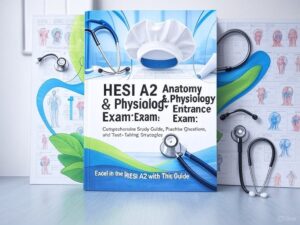



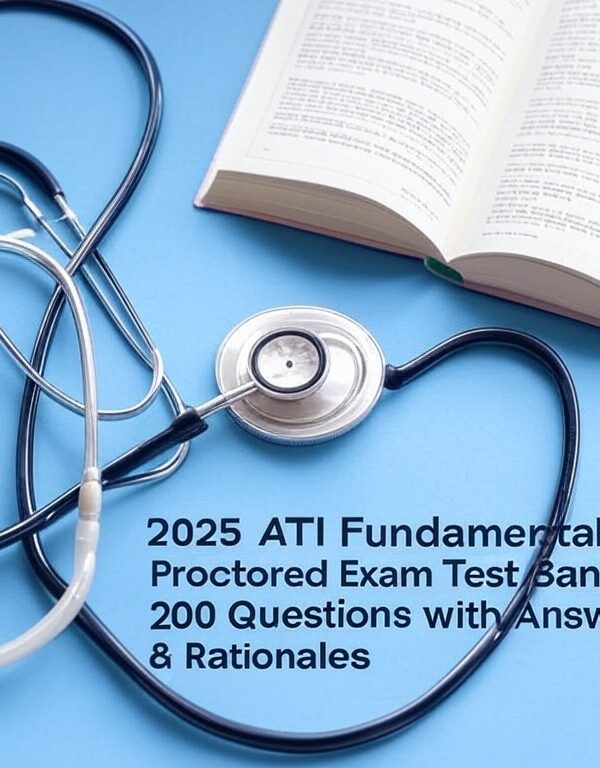

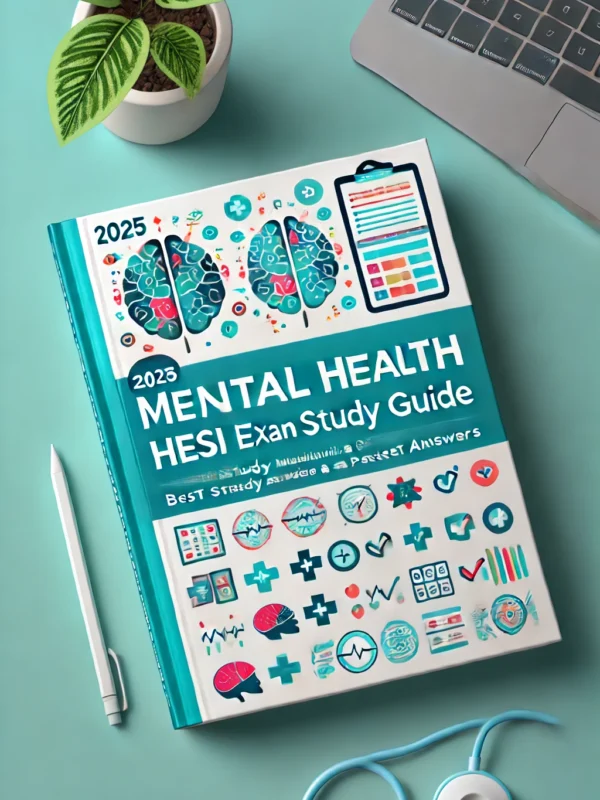
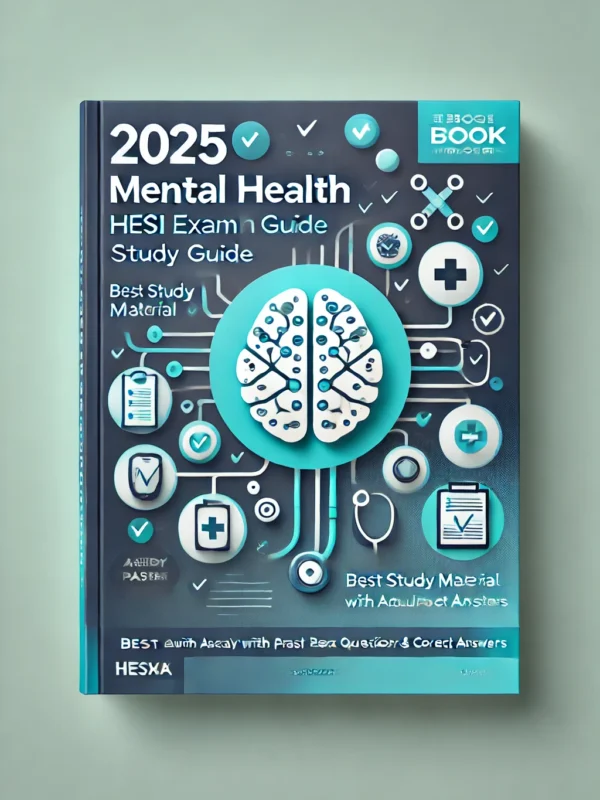
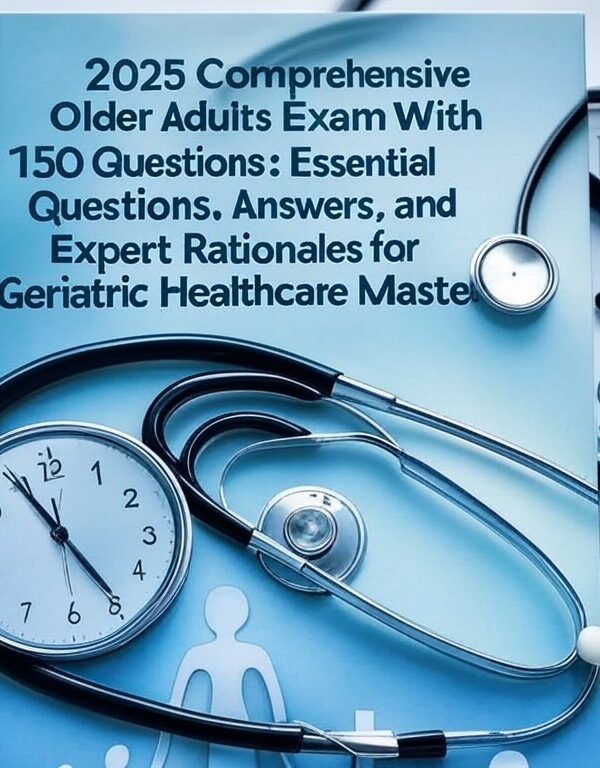
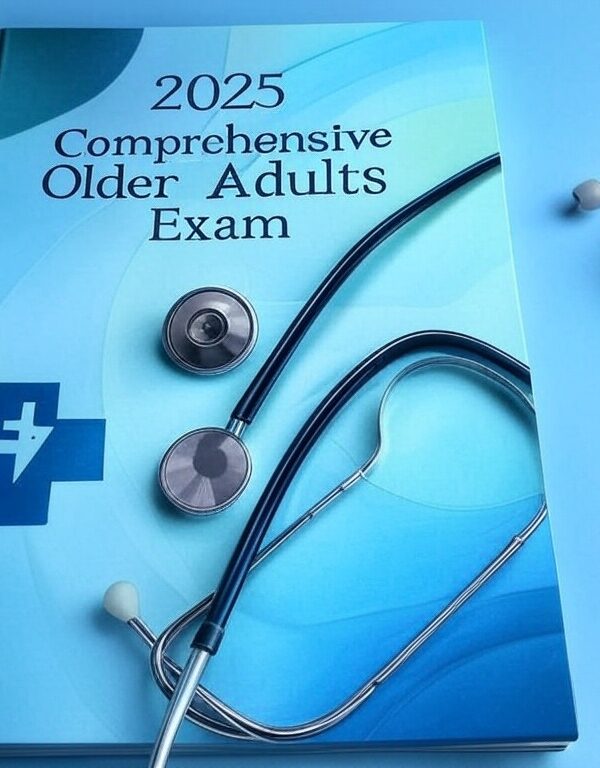


Reviews
There are no reviews yet.